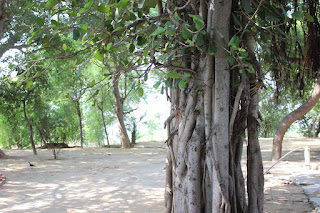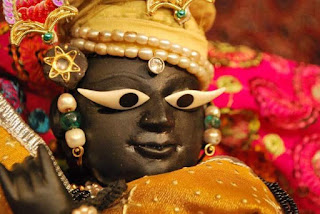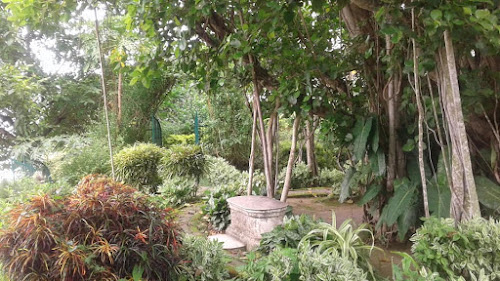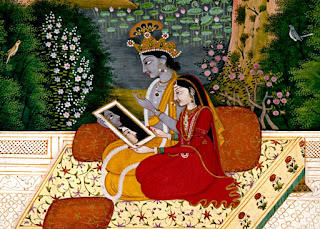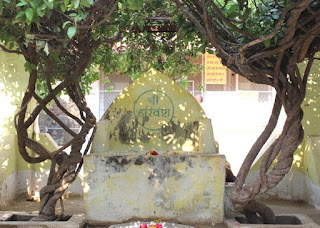Globalization and the Dham (Part I)
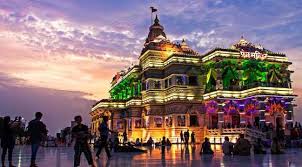
Prema Mandir, now the number one attraction in Vrindavan. I wrote the following article at the request of Steve Rosen , the editor of the Journal of Vaishnava Studies , for an issue about tirthas, so I tried to distinguish Braj from other tirthas in India. I have written a lot about Vrindavan over the past decade and it was something of a task to extract the essence of my experience of Vrindavan and express it in the present moment. I will publish the article on this blog in three parts. Part I of this three part series. [Introduction, Places of Pilgrimage: Tirtha, Kshetra and Dham, Vaishnava criticisms of tīrtha-yātrā, Braj/Vrindavan is a dhāma] Part II of this three part series. [How a Gaudiya Vaishnava performs pilgrimage to the Dham, The eternal glory of residence in the Dham] Part III : Sattva-guṇa and Nirguṇa, Globalization and the Dham, Can a culture truly be translated? Introduction The town of Vrindavan, now a part of the municipality of Mathura-Vrindavan ,
